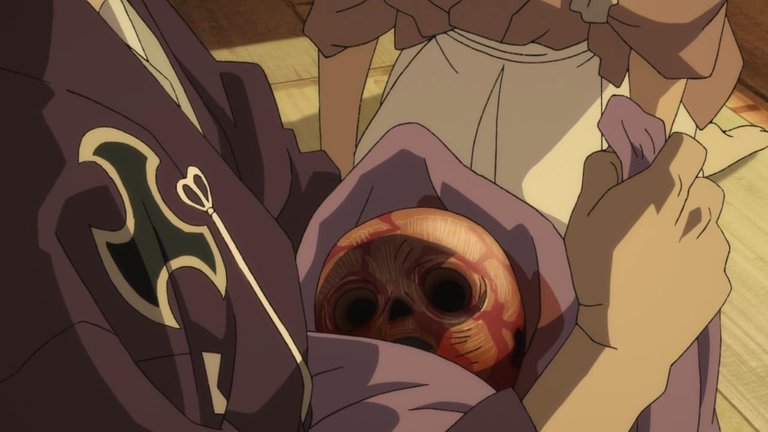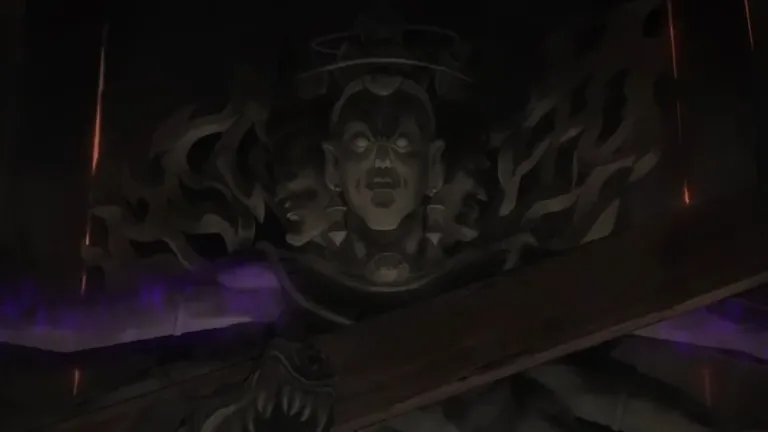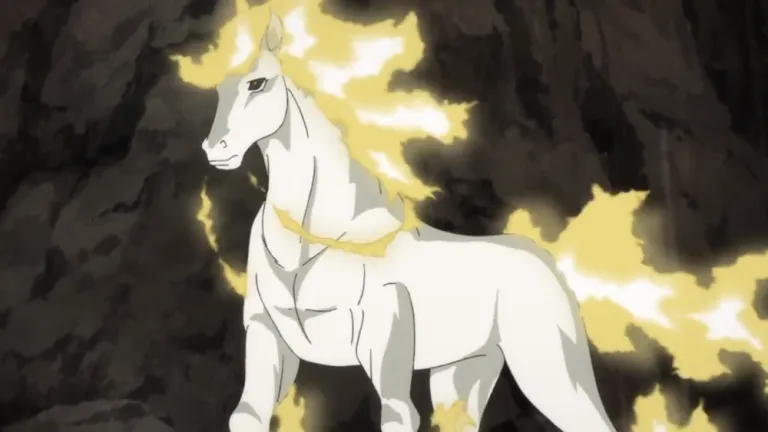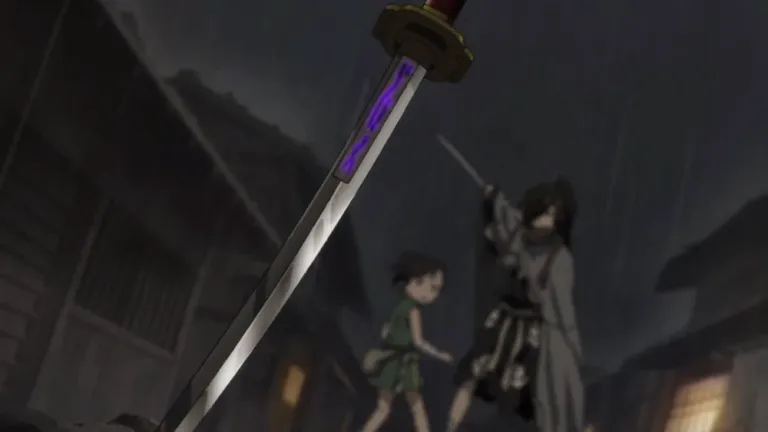What's up community? I hope you are having a nice weekend, following with the Month Quest tasks, I remembered the anime Dororo (2019), since it has some references to Japanese folklore, I had already talked about this anime a long time ago, I really liked it and I have seen that more people are liking it since I have seen several reviews about this great series here in the community.
¿Que tal comunidad? Espero que estén pasando un lindo fin de semana, siguiendo con las tareas del Month Quest, me acordé del anime Dororo (2019), ya que tiene algunas referencias al folclor japones, yo de este anime ya había hablado hace mucho tiempo, realmente me gustó y he visto que a mas personas les esta gustando ya que he visto varias reseñas sobre esta gran serie aquí en la comunidad.
We all know that Dororo is about Hyakkimaru, a young man who was sacrificed by his own father to the demons just so that in his land there is prosperity and peace, Hyakkimaru goes hunting the demons that ate parts of his body to recover them, in that he meets Dororo and many things happen in the life of these two characters.
Todos sabemos que Dororo trata de Hyakkimaru, un joven el cual fue sacrificado por su propio padre a los demonios solo para que en su tierra haya prosperidad y paz, Hyakkimaru va cazando los demonios que comieron partes de su cuerpo para así recuperarlas, en eso conoce a Dororo y muchas cosas pasan en la vida de estos dos personajes.
This is where the figure of the Yokai comes in, which are very present in Japanese culture, also the gods that can be seen in the series and the spirits is something that is important in Japanese folklore and we can see that it is very present in Dororo, besides the fact that the series takes place in the Sengoku period, a period that was full of civil wars in Japan. The character designs, the setting, the costumes, among others, contain cultural symbols, we can also see portrayed religion, such as Buddhism and Shintoism, Hyakkimaru's mother always prayed to a small effigy of Kannon, which is made of wood, in fact, the last demon could not eat the last part of Hyakkimaru because his mother was praying at the time of his birth and that prevented the last demon to take the last part of her son.
Aquí es donde entra la figura de los Yokai, que están muy presentes en la cultura japonesa, también los dioses que se pueden ver en la serie y los espíritus es algo que es importante en el folclor japones y podemos ver que esta muy presente en Dororo, además de que la serie se desarrolla en el periodo Sengoku, un periodo que estuvo repleto de guerras civiles en Japón. Los diseños de los personajes, la ambientación, el vestuario, entre otros, contienen símbolos culturales, también podemos ver retratada la religión, como el budismo y el shintoísmo, la madre de Hyakkimaru siempre le rezaba a una pequeña efigie de Kannon, que esta hecha de madera, que de hecho, el ultimo demonio no se pudo comer la ultima parte de Hyakkimaru ya que su madre estaba rezando en el momento de su nacimiento y eso impidió al ultimo demonio tomar la ultima parte de su hijo.
Most of the Yokai we can see in the series, were invention of Osamu Tezuka (the author of the Dororo manga), many, based on traditional legends such as the Kyuubi (which I mentioned previously in the post I made about the references to Japanese folklore in Naruto), also the Yoma, the demonic horse that appears in the last episodes, which Hyakkimaru rides.
La mayoría de los Yokai que podemos ver en la serie, fueron invención de Osamu Tezuka (el autor del manga Dororo), muchos, basándose en leyendas tradicionales como el Kyuubi (que lo mencioné anteriormente en el post que hice sobre las referencias al folclor japones en Naruto), también el Yoma, el caballo demoniaco que aparece en los últimos episodios, el cual cabalga Hyakkimaru.
And those were just some of the examples of the great amount of Yokai that we can see in Dororo, as I told you, the Yokai are part of the Japanese folklore and we can see them in many more productions, like in Kimetsu no Yaiba. I hope you liked today's post, tell me what you think about this topic. I'll say goodbye for now, thank you very much for reading and see you later in another post ❤️
Y esos solo fueron algunos de los ejemplos de la gran cantidad de Yokai que podemos ver en Dororo, como ya les dije, los Yokai forman parte del folclor japones y podemos verlo en muchísimas mas producciones, como en Kimetsu no Yaiba. Espero que les haya gustado el post de hoy, cuéntenme que opinan acerca de este tema. Yo por ahora me despido, muchas gracias por leerme y nos vemos luego en otro post ❤️
Source:
LIVING THE SENGOKU PERIOD WITH THE ANIME DORORO
Item 1 Anime Posts:
Item 2 Cultural Anime:
Link 2
Link 3
Item 3 Small Events:
Link 2
Link 3
Link 1 @ibet/haikyuu-the-dumpster-battle-is
Link 2 https://ecency.com/hive-158489/@ibet/kimetsu-no-yaiba-hashira-training
Link 1 @ibet/japanese-folklore-elements-in-naruto
Link 1 @ibet/re-wittyzell-20241111t12530729z
Translated by DeepL
Traducido por DeepL




The yokai are undoubtedly a very important figure in Japanese culture and many anime manage to use that figure in a very successful way, Dororo, is one of those.
Thanks for sharing! Greetings!
Yes, they are present in more works than we imagine, I think the Japanese are always aware of their folklore and often include it in their works.